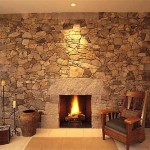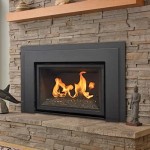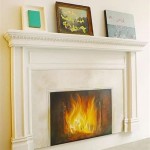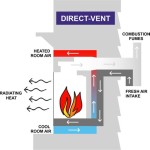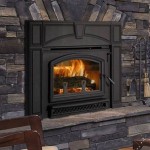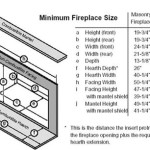Understanding Fireplace Damper Chain Parts
The fireplace damper chain assembly, while appearing simple, is a crucial component for safe and efficient fireplace operation. This assembly allows homeowners to control the damper, which regulates airflow in and out of the chimney. A properly functioning damper minimizes heat loss when the fireplace is not in use and ensures proper venting during a fire. Understanding the individual parts of the damper chain assembly and their function is vital for maintenance, repair, and ensuring optimal performance.
The damper itself is a metal plate, typically made of cast iron or steel, that sits within the chimney flue. This plate opens and closes to control the airflow. While some dampers are operated by levers or handles directly accessible in the firebox, many older and some newer models utilize a chain-and-pulley system. This system positions the control point, the handle or ring attached to the chain, within easy reach for the homeowner.
The Damper Plate and Frame
The foundation of the system is the damper plate. This plate needs to be robust enough to withstand high temperatures and resist corrosion. The frame, which houses the plate, is permanently installed within the chimney flue. The plate pivots within the frame, allowing it to open and close. The design ensures a tight seal when closed, minimizing air leakage and preventing drafts. This is especially critical during periods when the fireplace is not in use, significantly reducing heating and cooling costs. The connection point for the chain is typically located on the damper plate, allowing the chain to effectively manipulate the plate's position.
Corrosion and warping are common issues affecting the damper plate and frame. Creosote buildup, a byproduct of burning wood, can accelerate corrosion. Regular cleaning and inspection are essential to prevent premature failure. Warping, caused by extreme heat cycles, can compromise the seal, leading to drafts and diminished efficiency.
The Chain: Material, Length, and Attachment
The chain itself is a critical component, transmitting the force applied by the homeowner to the damper plate. The chain material is typically steel, treated to resist corrosion and withstand the stresses of repeated use. The chain's length is crucial; it must be long enough to allow for full damper opening and closing while providing ample slack for comfortable operation. An excessively short chain will restrict damper movement, while an excessively long chain can become tangled or interfere with the fire.
The chain's attachment points are also critical. The chain connects to the damper plate at one end and to a handle or ring on the other end. These connection points must be secure and reliable. A weak connection can lead to chain breakage, rendering the damper inoperable. Common attachment methods include S-hooks, quick links, and threaded connectors. Regular inspection of these connections is essential to ensure their integrity.
Different chain types offer varying degrees of strength and corrosion resistance. Stainless steel chains offer superior corrosion resistance but may be more expensive. Galvanized steel chains provide a good balance of strength and cost-effectiveness. The selection of the appropriate chain type depends on the specific fireplace environment and usage frequency.
Pulleys and Guides: Ensuring Smooth Operation
In many damper chain systems, pulleys and guides are used to redirect the chain and ensure smooth operation. Pulleys reduce friction and allow for easier manipulation of the damper. They are typically mounted on the chimney wall or within the firebox. Guides, often simple metal loops or brackets, prevent the chain from rubbing against the chimney walls or other components, which can lead to wear and tear.
The placement and alignment of pulleys and guides are critical for optimal performance. Misaligned pulleys can create excessive friction, making it difficult to open and close the damper. Worn pulleys can bind or seize, further hindering operation. Regular lubrication of pulleys can help to maintain smooth operation and prevent premature wear.
The number of pulleys used in a system depends on the design and configuration of the fireplace. Some systems use a single pulley to redirect the chain, while others use multiple pulleys to achieve a more complex routing. The selection and placement of pulleys should be carefully considered to ensure efficient and reliable operation.
Proper maintenance of the fireplace damper chain assembly is essential for safety, efficiency, and longevity. Regular inspection, cleaning, and lubrication can prevent premature failure and ensure optimal performance.

Install A Damper In Any Vented Fireplace Chimney Flue Gas Grills Parts Fireplaces And Service

Replacement Hardware Pack For Top Mount Chimney Dampers Rockford

What Is A Chimney Damper Full Service

How To Open A Chimney Damper Traditional Fireplace Pros

What Is A Chimney Damper Full Service

What Is A Chimney Damper Full Service

Drop In Damper Chimney Replacement Parts

Fireplace Dampers Throat Vs Top Mount Swede Chimney Sweep Dryer Vent Cleaning

The Pull Chain On My Firplace Damper Broke How Do I Re Place It

Removing A Fireplace Damper For Chimney Liner Installation Rockford
Related Posts

